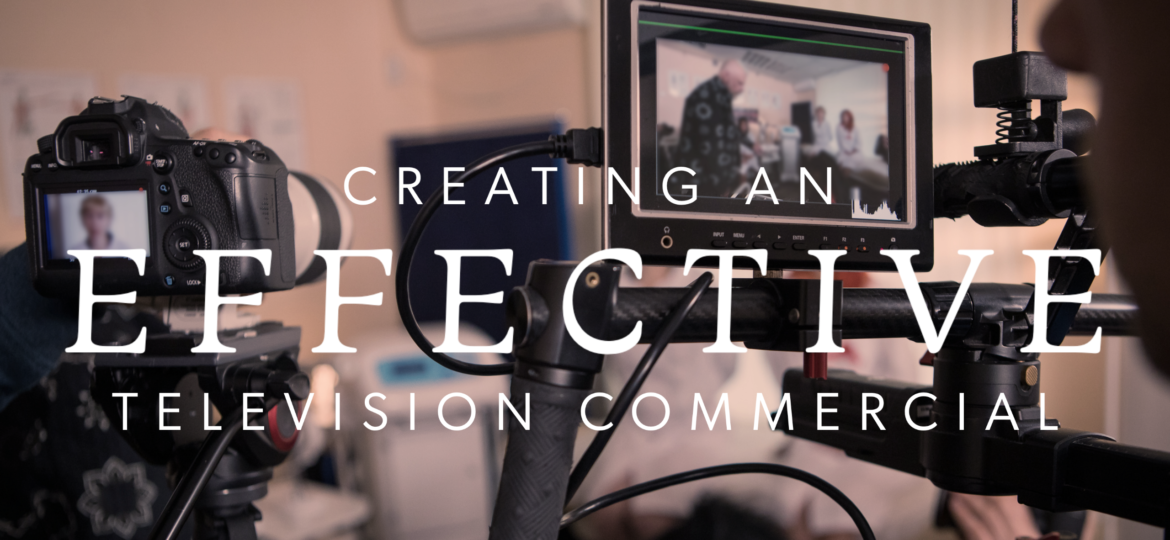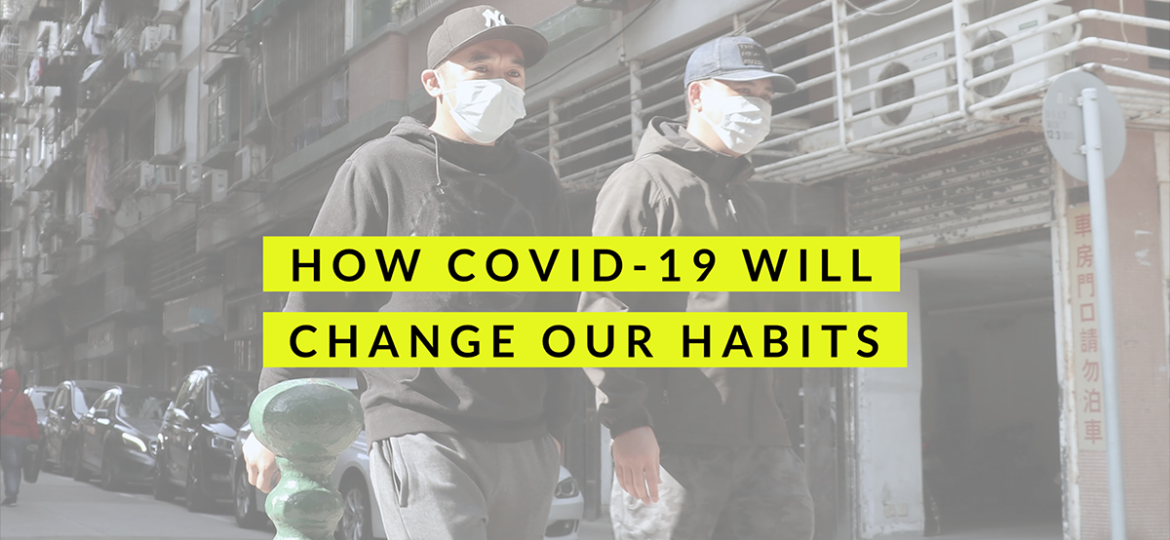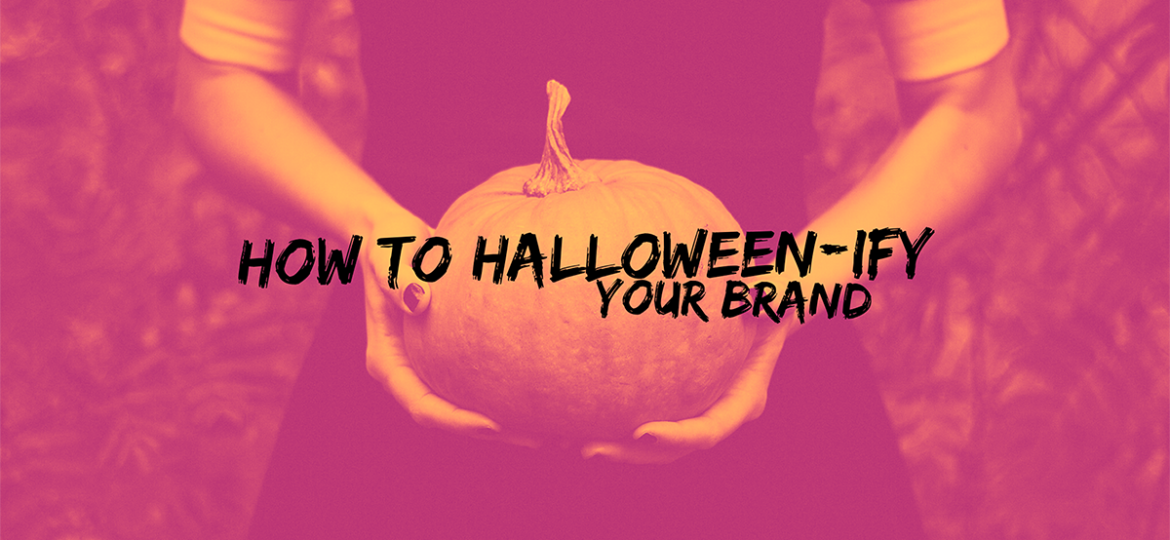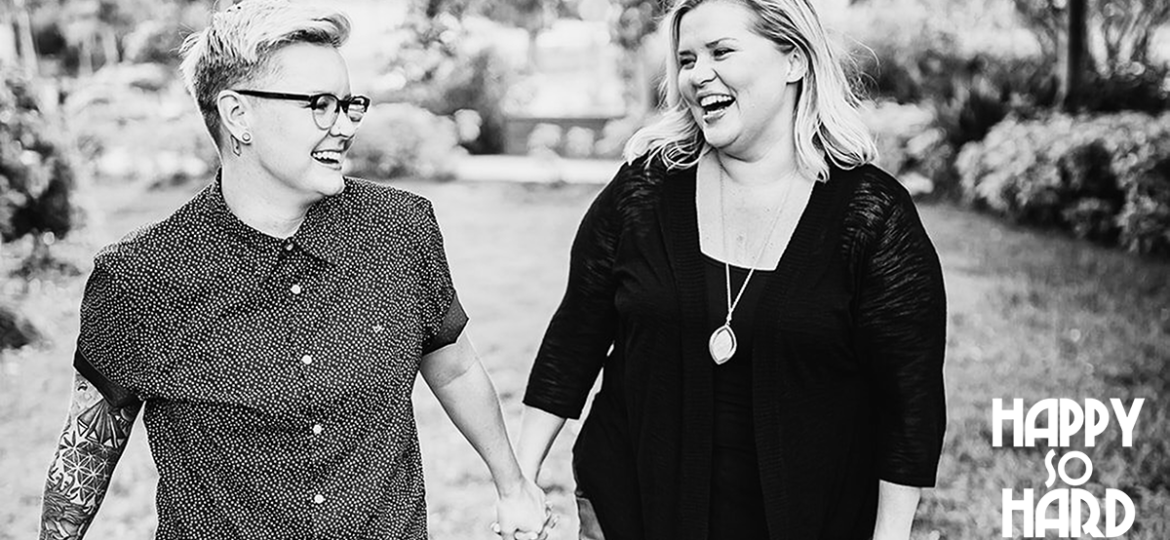TV commercials can be beneficial for a wide range of businesses and organizations, depending on their goals and target audience. Before we talk about how…
CREATIVITY
By Court Bishop CONSUMER TRENDS CREATIVITY STRATEGY
Media Garage Group explores what a post-coronavirus future may look like. Discover how COVID-19 will change our habits & how priorities may change for good.
By Court Bishop CREATIVITY DIGITAL MARKETING STRATEGY
They’re young. They’re informed. They insist on trust. Take a look at a couple Gen Z marketing DOs and DON’Ts, and consider how they fit into your strategy.
By Court Bishop CREATIVITY DIGITAL MARKETING
Discover creative content development ideas to Halloween-ify your brand! Take advantage of holiday marketing trends and gain more delicious eyeballs!
By Karen Helsinger CREATIVITY
It’s World Mental Health Day. Our Content Director, Court Bishop, battles with anxiety & depression. In her blog, Happy So Hard, she shares her experience.






